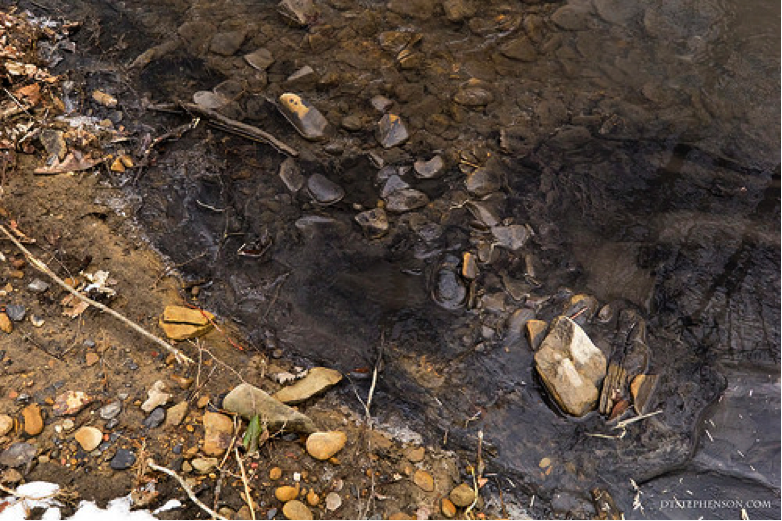West Virginia Spill Contaminates Drinking Water for Over 300,000 Citizens
Feb. 4, 2014, was a sad day for West Virginians as they were faced with a coal leak. Over 100,000 gallons of coal spilled into a waterway not too far from Charleston, causing the community to go into a state of emergency due to water contamination.
Just last month, West Virginia faced another spill, which left nearly 300,000 residents at risk for being in contact with contaminated water. Coal slurry, the product of the coal processing procedure, covered nearly six miles of Fields Creek, labeling the spill significant. Some of the slurry even overflowed into the Kanawha River, near Chesapeake.
DEP officials arrived on the scene at Patriot Coal’s Kanawha Eagle facility and determined that the leak came from a valve that had broken. Evidence shows that the break occurred between the hours of 2:30 a.m. and 5:30 a.m., but was not reported until hours later.
Secretary of the State Department of Environmental Protection (DEP), Randy Huffman explained how this spill has greatly impacted the area and could lead to threatening circumstances. “This is a big deal…when this much coal slurry goes into the stream, it wipes the stream out,” he stated in an interview with Maryland newspaper, The Gazette.
With the first spill in January, the chemical that had contaminated the drinking water was an industrial chemical called 4-Methylcyclohexanementhanol (MCHM) but the company confirmed that they had stopped using the chemical and had switched to polypropylene glycol (another coal-cleaning substance). Suspicions about what the company did the day of the leak, and what they are doing now to clean the mess, are beginning to rise.
The public questioned the Patriot facility’s involvement with MCHM after the spill. The residents had complained that the MCHM’s odor resembled licorice but Huffman denied the substance being the chemical, and then blamed it on a tank that was being moved off the site. It has not been confirmed if the company was still using the harmful MCHM substance during the second spill.
Coal slurry is harmful if mixed in with drinking water. Heavy metals including arsenic, lead, cadmium, chromium, aluminum, and nickel along with chemically affected water are amongst the toxic ingredients in this slurry. Attorney of BP Oil Spill Litigation Emmie Paulos said, “The spill of chemicals into a water supply is a very serious offense that requires a careful investigation of all the facts surrounding the incident.” He explained how there are laws put into practice to protect the public against such mishaps.
West Virginia has gone through a great ordeal the last month dealing with the results of the spill. As a community they have worked together to solve the issue of the water contamination and tried to put together ways to prevent another leak.
This incident has also allowed West Virginians to take a closer look at the resources they have and learn to embrace them. Angie Rosser of West Virginia Rives Coalition wrote, “Now is the time to take a critical look at how to better protect our water sources…”
West Virginia is slowly cleaning up and returning back to normal.




